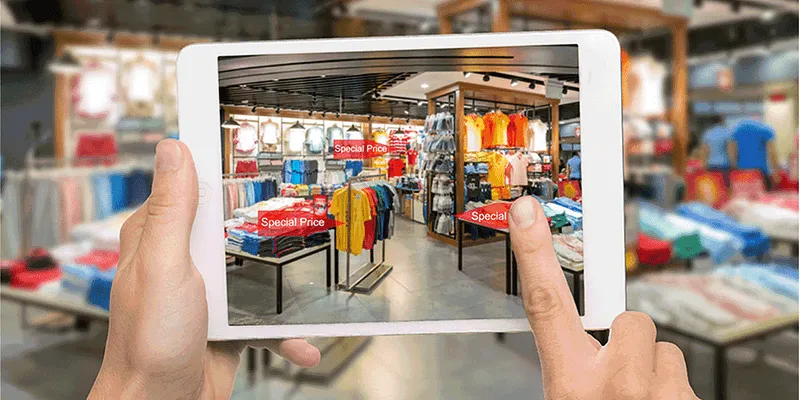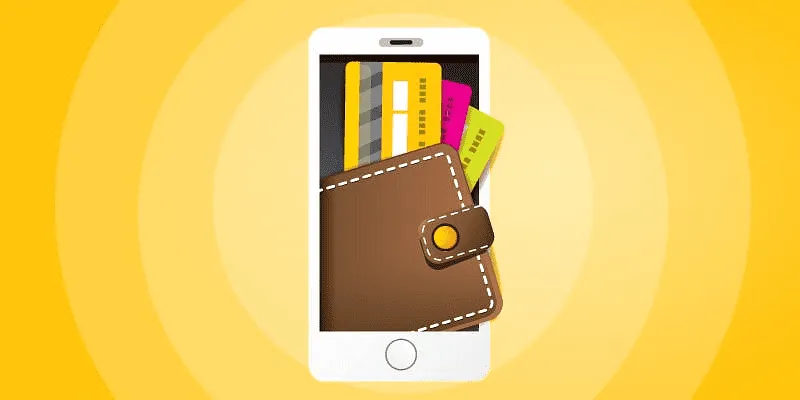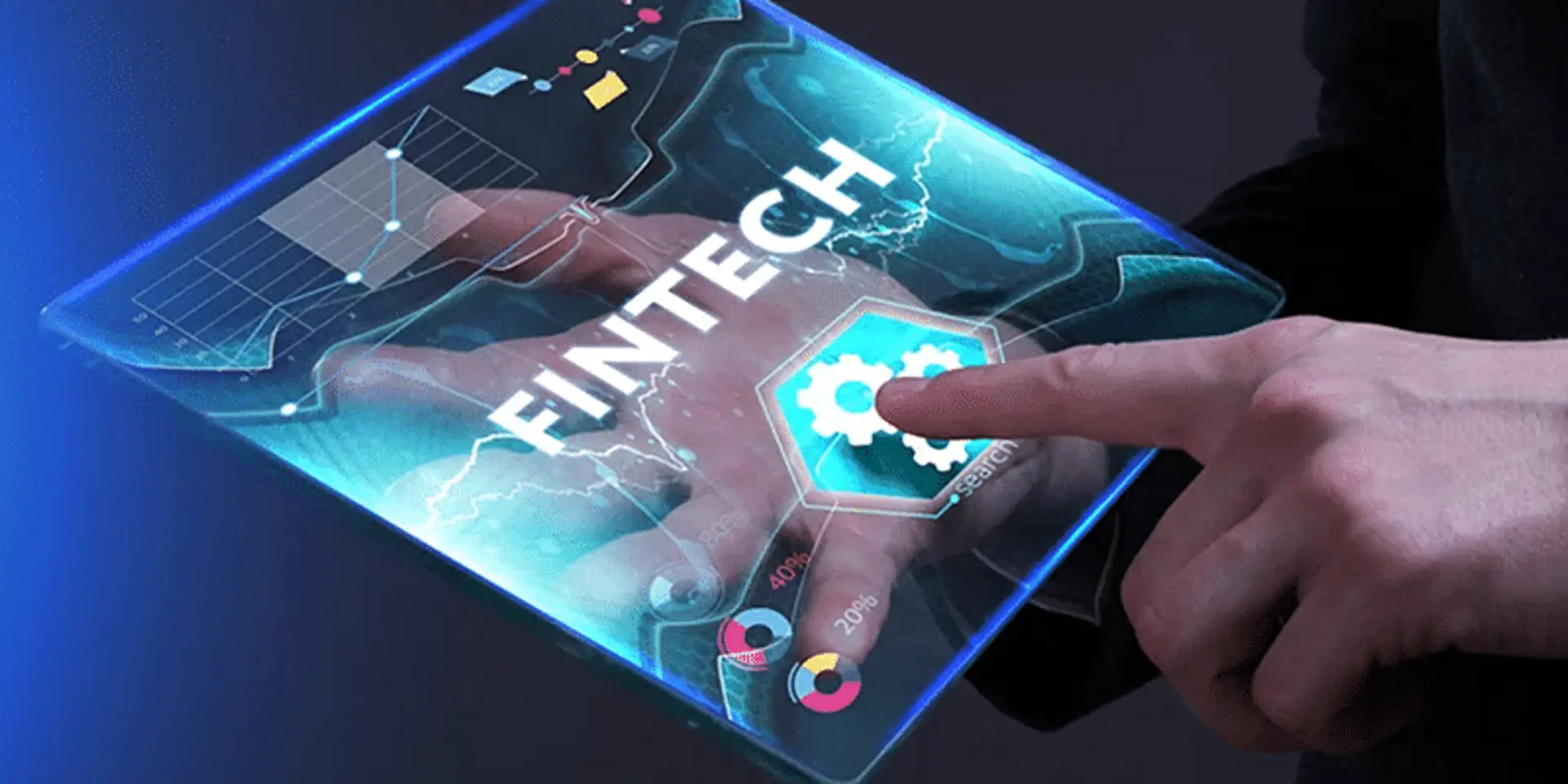Why Buy Now Pay Later in B2B is the key to unlocking SME growth
A B2B BNPL is a short-term financing product for small businesses to buy from suppliers, distributors or B2B marketplaces.
From being an obscure solution serving only customers with strong credit backgrounds, Buy Now Pay Later (BNPL) has emerged as one of the leading financial products in recent times. Unlike traditional credit products, BNPL gained momentum with smaller ticket sizes offered across popular consumer checkouts and marketplaces such as Amazon.
Though most of its offerings are limited to B2C users, the B2B BNPL is quickly rising with compelling financial offerings for SMEs.
And this new breed of product is catering to SMEs big time, as regulatory frameworks ease and reduce the grey area in which SMEs operate.
In the BNPL model, a buyer gets to pay the purchase price in small instalments over a certain period, while the seller gets an upfront payment of the total selling price from the buyer’s financier. Thus, BNPL improves sellers’ average order values and sales conversion rates.
The product adds immense value in transactions where retailer margins are razor-thin, and even a day’s delay in the billing cycle contributes to higher costs of doing business. The product presents a win-win scenario for all parties involved in a transaction - the buyer, the seller, and the underwriter. The value proposition lies in the premise of decentralised and more inclusive credit to the underserved SMEs in India.
For context, ecommerce received a significant nudge to go digital since the COVID-19 pandemic unfolded, disrupting the way consumers buy products and services. Several customers have shifted to apps and portals away from traditional brick and mortar, leading to unprecedented growth in digital businesses across large cities and small towns alike. The Indian ecommerce space is projected to reach $188 billion in 2025, depicting a CAGR of 25 percent from 2015 to 2025.

Meanwhile, India’s B2B commerce is expected to reach $1.1 trillion by 2024, as small businesses embrace the digital model of transacting. It is no surprise that B2B commerce platforms have emerged from obscurity into prime enablers of how small businesses interact with their supply chain. Given the recent inflationary environment, the SMEs are increasing their focus on reducing costs through process optimisation which is also reforming the B2B marketplaces.
There is a major push by regulators and the government to set the right infrastructure for collecting delayed receivables. Traditionally, invoice discounting struggled to establish the genuineness of invoices and duplicity of financing structures.
Availability of public credit registry, authenticated account aggregators and GSTN invoicing infrastructure is enabling the development of unique analytics to solve key challenges around invoice-based financing. The implementation of data analytics improves overall credit assessment as it provides a 360◦ view of SME lending.
Although Unified Payments Interface (UPI) based instant payments brought transparency into how retail customers pay merchants, it does not sufficiently cover invoice-based B2B transactions. Credit embedded invoices at the point of sale (origination) are the next frontier for solving this challenge, for both the sellers and buyers. A typical business cycle entails sourcing, buying, adding value, selling, and receiving payment towards goods sold.
It is during this cycle that a business needs working capital financing which increases in direct proportion to the duration of this cycle. Over 93 percent of Indian SMEs do not have access to formal credit meaning they borrow from the unregulated informal sector at high-interest rates to fulfil their immediate working capital needs. More often than not, this debt, unfortunately, transforms into a perpetual cycle that renders a business unsustainable.

What is BNPL?
A B2B BNPL is a short-term financing product for small businesses to buy from suppliers, distributors or B2B marketplaces. Traditionally a business is extended a credit line based on its financial health therefore inefficiently allocating capital to buy upfront. In contrast, a B2B BNPL product is perfectly suited to small businesses with tighter cash flows, working capital constraints and cyclical demand.
For example, a small retailer consistently buys luxury cosmetics on a weekly basis from a distributor or B2B marketplace. Here, a B2B BNPL product can extend a line of credit to sufficiently cover 15 days of inventory with a flexible repayment option. This way the retailer does not scramble for liquidity for order purchases while the seller is guaranteed invoice payments.
The flexible nature ensures that businesses only pay their dues when it’s convenient for them and are therefore charged interests accordingly, while giving them the freedom to manage their cashflows.
Merits of integrating BNPL
Additionally, B2B BNPL can offer frictionless sales processes and much higher conversion rates by offering credit at the checkout. The user journeys are smooth, spanning just a few clicks, and do not take more than a few minutes to conclude. Special attention is paid to the user interface as surveys have shown that B2B customers place high importance on user experience.
This product provides objective value such as reduced time and effort and operational performance like organisation while also providing elements that prioritise flexibility and configurability to each customer specific industry and financing needs.
BNPL uses open banking data, and proprietary behavioural data to make consumer lending decisions while available in both closed-loop and open-loop models. The open-loop model may evaluate the overall business for creditworthiness and repayment capability, while a closed-loop model would rate transactions with a specific supplier/distributor/B2B marketplace to determine the probability of default.
A huge advantage of this is that the underwriting process ranks cashflow-based metrics higher than balance sheet-based traditional metrics. This sits well with the product market, as a majority of businesses in India fall under the unorganised sector and it’s unlikely for them to have balance sheets, structured revenue streams, or formalised banking relationships. These customers are left behind in access to credit making their businesses suffer.
Conclusion
The B2B BNPL offers a level playing field to the businesses who have been otherwise deprived of working capital and purchase financing, thus allowing them to increase their focus on other aspects of their business. The product is easy to deploy with its transaction-based and cashflow-based underwriting to small businesses.
The risk proposition is mitigated to a large extent with the use of numerous data points such as traditional credit data, open banking, and alternative data to assess credit criteria. This product would extend the credit pool to New to Credit (NTC) businesses, ensuring credit inclusivity.
Edited by Anju Narayanan
(Disclaimer: The views and opinions expressed in this article are those of the author and do not necessarily reflect the views of YourStory.)










